Can Green Energy Power Your Entire Smart Home?
22 April 2025
Technology and sustainability have become two of the hottest topics in recent years. Everywhere you look, there's a new gadget, a smarter device, or a more energy-efficient solution popping up. And in the midst of all this innovation, one question keeps popping up: Can green energy power your entire smart home?
It’s a fair question, really. We’re constantly being encouraged to make our homes smarter, but at the same time, there’s this growing push to adopt renewable energy. So, what happens when these two trends collide? Can solar panels or wind turbines really keep all those fancy gadgets running? Let's dive into the possibilities and limitations of green energy powering your tech-filled home.
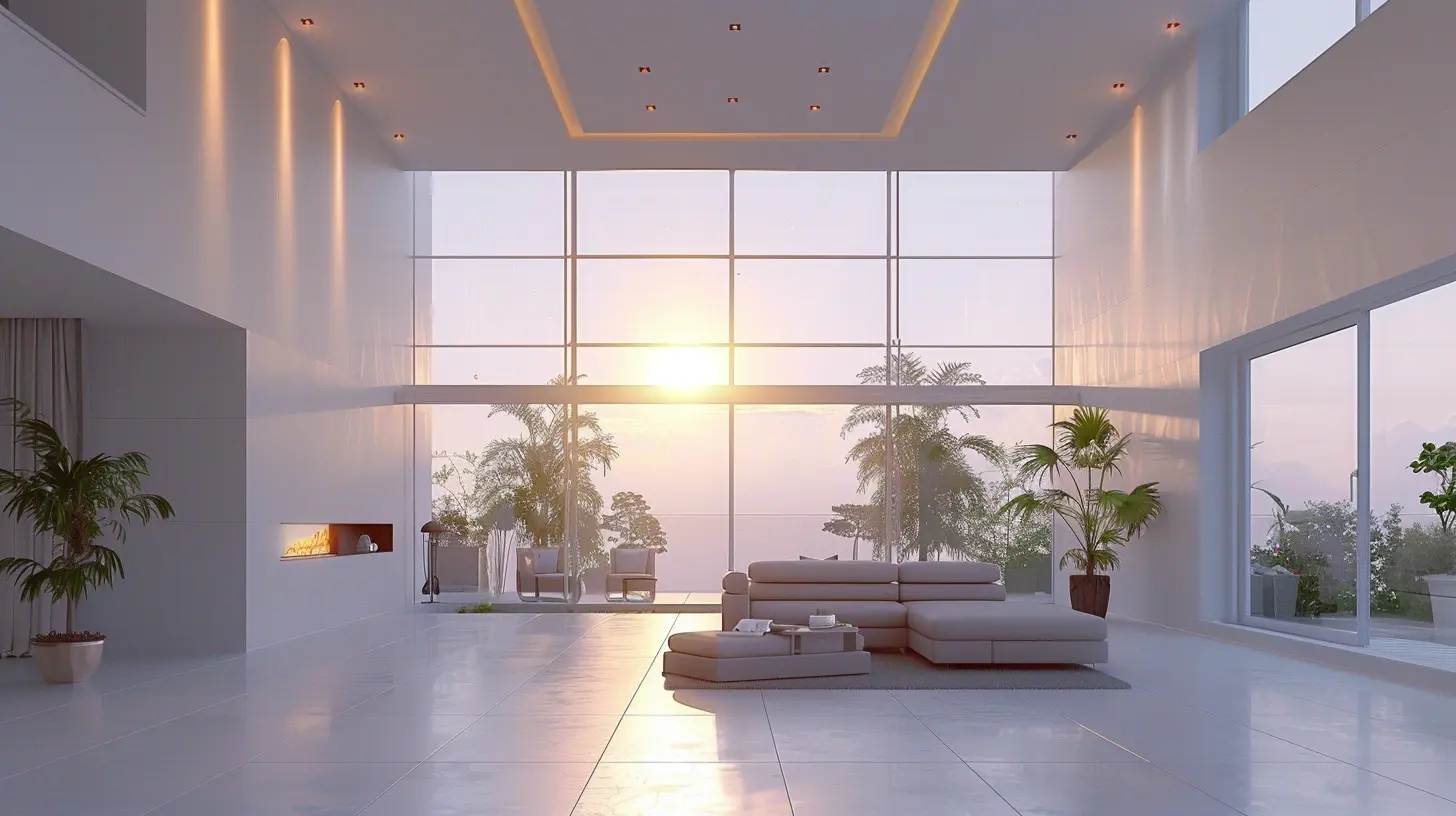
What is Green Energy, Anyway?
Before we tackle the big question, let’s make sure we're all on the same page about what "green energy" actually is. Green energy, also known as renewable energy, comes from sources that are naturally replenished. We're talking about solar power, wind energy, geothermal energy, and hydropower.Unlike fossil fuels, these sources don’t run out (at least not in our lifetime), and they don’t produce harmful carbon emissions. It’s clean, it’s sustainable, and it’s increasingly accessible—especially as more people make the switch to eco-conscious living.
But here’s the deal: powering a smart home isn’t just about flipping a switch. It's about real-time usage, storage, and efficiency. Let’s break it down.

The Growing Popularity of Smart Homes
Before we get too deep into the energy stuff, let’s talk about smart homes.What makes a home "smart"? In a nutshell, it's about connectivity. From smart thermostats to voice-controlled lights, smart homes are filled with devices that communicate with each other and with you. They’re designed to make life easier, more efficient, and in many cases, more energy-efficient.
Imagine walking into your home as your lights turn on automatically, your coffee machine starts brewing, and your thermostat adjusts to your preferred temperature—all without you lifting a finger. It’s pure convenience, right? But all of these devices demand power, and that’s where things can get tricky.

Energy Consumption in a Smart Home
Let’s not sugarcoat it: smart homes use energy. Some devices use less (like smart lights with LEDs), while others, like refrigerators or home entertainment systems, are more power-hungry. The more devices you have, the higher your electricity demand.However, smart devices are often designed with energy efficiency in mind. They can learn your habits and optimize their usage. For example, a smart thermostat can reduce energy consumption by adjusting the temperature when you're not home. But even the most efficient smart homes still require a steady stream of power.
So, the big question is: can green energy sources keep up with this demand?
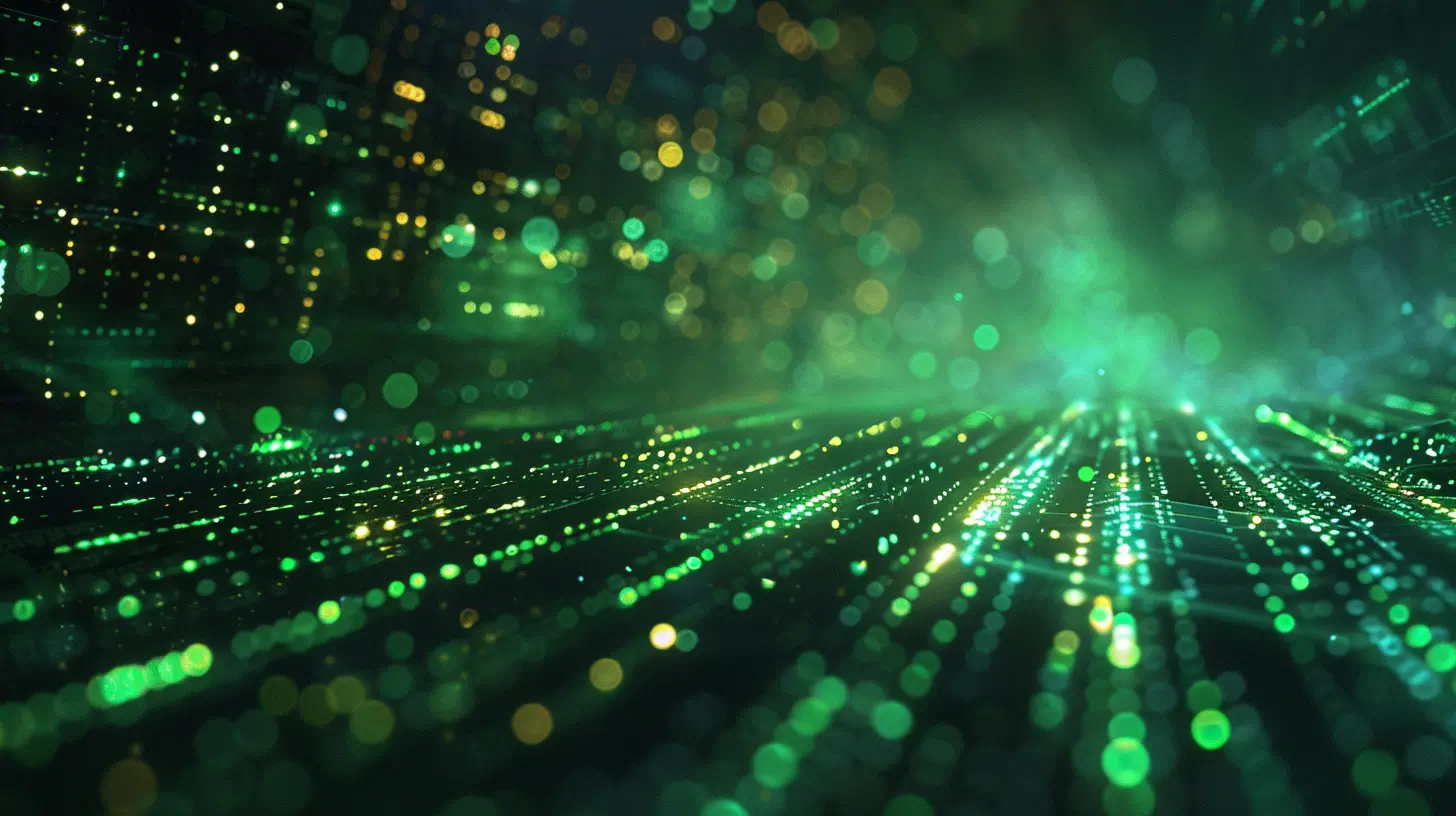
Solar Power: The Leading Candidate for Smart Homes
When we think about renewable energy for homes, solar power is usually the first thing that comes to mind. And for a good reason! Solar panels have become increasingly affordable, and they can be installed on most homes with adequate access to sunlight.How Solar Power Works
Solar panels capture sunlight and convert it into electricity. The energy is either used right away or stored in batteries for later use. This makes solar power a promising option for smart homes that need a reliable energy source day and night.Can Solar Power Run Your Entire Smart Home?
Well, it depends. Solar energy can definitely power a smart home, but you’ll need to do some math. The amount of energy your solar panels produce depends on several factors:- Location: Homes in sunny areas (think California or Arizona) can generate more solar energy than those in cloudier regions.
- Roof Size: The larger the roof, the more panels you can install.
- Energy Consumption: How much energy does your home use on a daily basis? This will determine how many panels you need.
If you have enough solar panels and the right battery storage system, it’s possible to power your entire smart home using solar energy alone. But keep in mind, solar energy production isn’t constant. Cloudy days and nights can reduce the amount of energy you generate, which is where battery storage becomes essential.
Battery Storage: The Game-Changer
One of the biggest challenges with solar power is that it’s not always producing energy when you need it. Without the sun, your panels are just fancy roof decorations. That’s where batteries come in.If you install a home battery system, like the Tesla Powerwall, it can store excess energy generated during the day and release it when needed (like at night or on cloudy days). This makes solar power a much more reliable option for powering your smart home 24/7.
However, batteries aren’t cheap. But considering the long-term savings on your energy bill and the environmental benefits, it might be worth the investment.
Wind Power: A Blustery Option
Solar isn’t your only option for green energy. Wind turbines are another renewable source that can power your home, though they’re not as common for residential use.How Wind Energy Works
Wind turbines generate electricity by harnessing the power of—you guessed it—wind. When the wind blows, it turns the blades of the turbine, which spins a generator to create electricity.Can Wind Power Run Your Entire Smart Home?
In theory, yes. But there’s a catch: wind turbines need, well, wind. If you live in a particularly windy area, this could be a viable option. However, residential wind turbines are typically less powerful than commercial ones and may not produce enough energy to power a tech-heavy smart home on their own.That said, wind power can be a great supplement to solar energy. On windy days when the sun isn’t shining, your wind turbine can pick up the slack, ensuring that your smart home stays powered.
Combining Green Energy Sources
Here’s where things get interesting. You don’t have to choose just one type of green energy. Many homeowners are opting for a combination of solar, wind, and battery storage to make their homes more energy self-sufficient.By using multiple energy sources, you can cover your bases. On sunny days, your solar panels will do the heavy lifting. On windy days, your turbine can pick up the slack. And with a battery system in place, you’ll always have a backup for when nature isn’t cooperating.
Limitations of Green Energy for Smart Homes
Alright, now that we’ve talked about the possibilities, let’s get real about the limitations. As much as we’d like to believe green energy can power everything all the time, there are some challenges to keep in mind.Upfront Costs
Installing solar panels, wind turbines, and battery systems can be expensive. While prices have come down over the years, it’s still a significant upfront investment. That said, many governments offer rebates or incentives to encourage the adoption of renewable energy, which can help offset the costs.Energy Storage
As we’ve mentioned, renewable energy isn’t always consistent. The sun doesn’t shine 24/7, and the wind doesn’t blow on demand. This makes energy storage crucial. But high-capacity battery systems can be pricey, and they still have limitations on how much energy they can store.Space Requirements
Not every home has the space for a full solar panel array or a wind turbine. If you live in a small house or an apartment, your options may be more limited. However, there are smaller-scale solutions, like portable solar panels, that can help you get started with green energy in a more modest way.Maintenance
Green energy systems aren’t completely hands-off. Solar panels, wind turbines, and batteries all require maintenance to keep them running efficiently. While they don’t need constant attention, it’s something to consider before making the leap.
The Future of Green Energy and Smart Homes
While there are certainly challenges to using green energy in a smart home, the future looks bright. As technology continues to advance, we can expect solar panels to become more efficient, batteries to get cheaper, and smart home devices to become even more energy-efficient.In the not-so-distant future, green energy could very well power our homes entirely. And as more people adopt renewable energy, the demand for fossil fuels will decrease, helping us move toward a more sustainable future.
Final Thoughts: Can Green Energy Power Your Entire Smart Home?
So, can green energy power your entire smart home? In many cases, yes. Solar power, wind energy, and battery storage can provide enough electricity to keep your gadgets, appliances, and systems running smoothly. However, it all depends on your location, energy needs, and how much you’re willing to invest upfront.The good news is that green energy is more accessible than ever before, and the combination of smart home technology with renewable energy is a powerful way to reduce your carbon footprint while living in the lap of tech-driven luxury. With a bit of planning and investment, you could be well on your way to living in a fully green-powered smart home.
all images in this post were generated using AI tools
Category:
Sustainable TechAuthor:

Kira Sanders
Discussion
rate this article
8 comments
Ariella Riggs
Green energy can sustainably power smart homes, enhancing efficiency while reducing carbon footprints for eco-conscious living.
May 16, 2025 at 2:47 AM

Kira Sanders
Absolutely! Green energy is key to powering smart homes sustainably, maximizing efficiency and minimizing carbon footprints for a greener lifestyle.
Porter McVeigh
Great insights! It's inspiring to see how green energy can transform smart homes. Embracing renewable sources not only empowers our tech but also contributes to a sustainable future. Let’s harness this potential for a greener, smarter tomorrow!
May 5, 2025 at 11:38 AM

Kira Sanders
Thank you! I’m glad you found the insights inspiring. Embracing green energy truly is key to building a sustainable and smart future.
Nico Kline
Green energy's potential for smart homes hinges on technology integration and sustainable energy management practices.
May 2, 2025 at 4:54 AM

Kira Sanders
Absolutely! Effective technology integration and sustainable energy management are key to unlocking the full potential of green energy in smart homes.
Marcus McCoy
Great article! I’ve often wondered if green energy could fully power my smart home. It’s exciting to think about living sustainably while enjoying the conveniences of technology. I’m all for reducing my carbon footprint, and your insights really made the possibilities feel more achievable. Thanks for sharing!
April 29, 2025 at 6:38 PM

Kira Sanders
Thank you for your kind words! I’m glad you found the article inspiring. Embracing green energy for smart homes is definitely a promising step toward sustainability!
Lira McCarthy
Harnessing green energy for a smart home is not just feasible but transformative. By integrating renewable sources with smart technology, we can optimize energy use, reduce carbon footprints, and create a sustainable future for our living spaces.
April 26, 2025 at 3:23 AM

Kira Sanders
Absolutely! Integrating green energy with smart technology not only enhances efficiency but also plays a crucial role in creating a sustainable future for our homes.
Zephyra Sawyer
Imagine your fridge gossiping with solar panels—eco-friendly energy just got a digital makeover!
April 24, 2025 at 1:04 PM

Kira Sanders
That's a creative way to highlight the synergy of smart tech and green energy—bringing sustainability to the next level!
Siena McAlister
What a compelling article! It’s inspiring to see how green energy can transform our homes into sustainable havens. The possibilities for reducing our carbon footprint while enjoying modern technology are exciting. Here’s to a future where renewable energy powers our lives seamlessly and responsibly!
April 23, 2025 at 3:26 AM

Kira Sanders
Thank you for your kind words! I’m glad you found the article inspiring and share the excitement about the potential of green energy for smart homes. Here's to a sustainable future!
Penelope Hardy
Loved this article! It's exciting to see how green energy can power our smart homes efficiently. The potential for sustainability while embracing technology is simply inspiring. Can't wait to see more innovations in this space! Keep up the great work!
April 22, 2025 at 8:17 PM

Kira Sanders
Thank you for your kind words! I’m glad you found the article inspiring. Exciting innovations in green energy and smart homes are certainly on the horizon!
MORE POSTS

Neural Interfaces: Bridging the Gap Between Humans and Machines
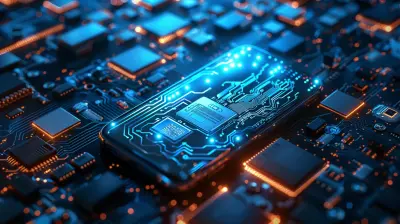
How to Keep Your Mobile Device Running Like New
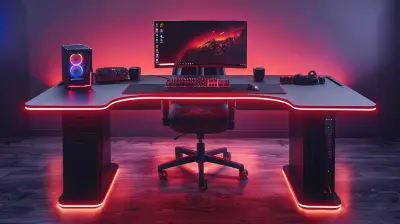
The Importance of a Good Gaming Desk for Your Setup

Smart Backpacks: Are They the Future of Travel? A Review of the Top Brands

Mobile Apps for Learning New Skills on the Go
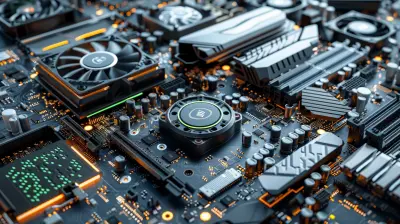
How to Safely Upgrade Your Gaming PC’s Hardware